I’m a lazy gardener. I am, I’ll admit it. If something is going to double my cucumber harvest, but it takes too long to implement or involves a big setup or lots of tools and potions, I’ll pass. I’m okay with my normal cucumber harvest, thank you very much.
But if it’s easy, if it’s something that takes mere moments to do, then I’m all ears. I want to hear about it.
Because let’s face it, few things in gardening are quick and easy. But topping your peppers certainly is!
This simple practice, which takes a few seconds to do, has a big impact on your pepper growth and yield for the rest of the growing season. Who wouldn’t be interested in that?
What is Topping?

The practice of topping or pinching peppers is exactly what it sounds like. You remove the topmost portion of the plant. You selectively cut off the very tippy top of the plant, just above two side branching stems. This stops the plant from putting more energy and nutrients into growing taller and instead redirects all those resources to pushing out more lateral growth.
A lot more! It’s odd, really. You pinch off such a small portion, but it has such a big impact on how the plant reacts.
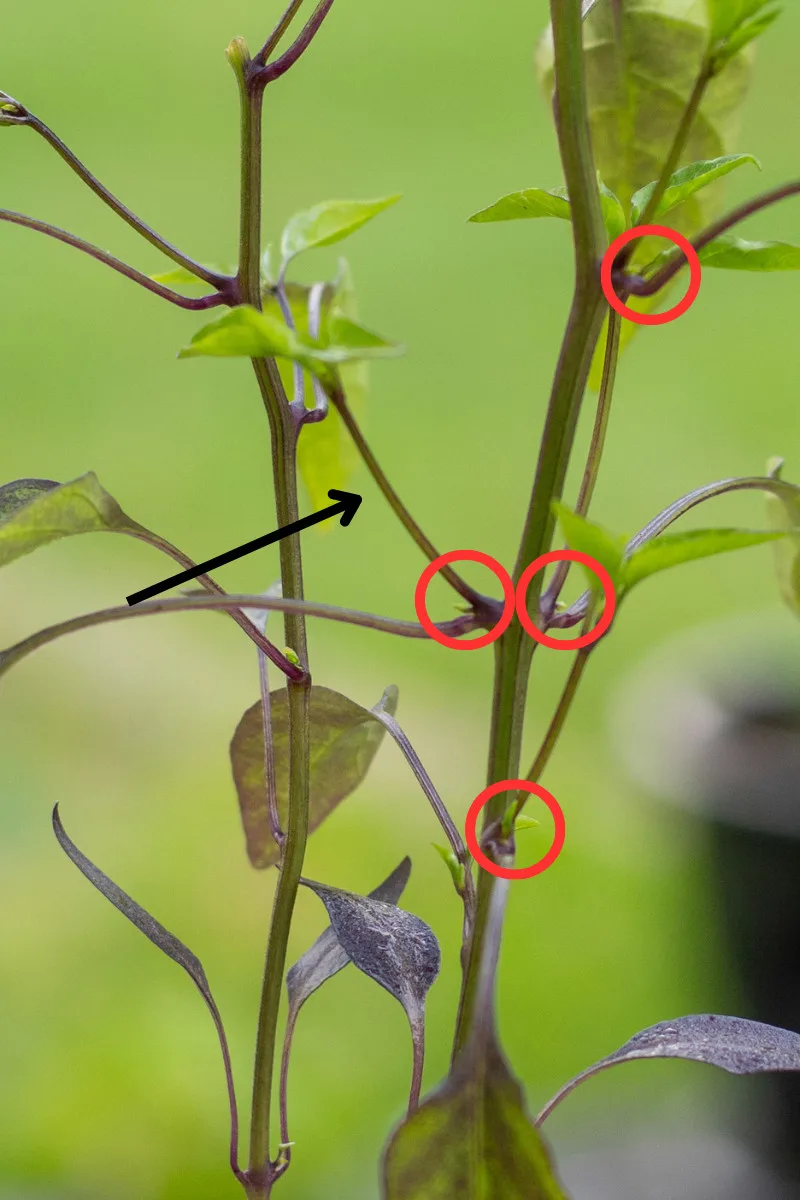
Topping plants is nothing new. It’s recommended for other nightshades, like eggplants and especially tomatoes. And while I can’t recommend the practice for tomatoes (Click here to read why), I definitely think it’s a good idea for peppers. It’s one of those little things that offers benefits all season long.
Benefits? What benefits, Tracey?
I’m so glad you asked, my friend.
Why Should I Bother Topping My Pepper Plants
While you don’t have to top peppers to enjoy picking a peck of peppers, you gain some serious benefits that make growing that peck easier.
Prevent Sunscald

Like most nightshade vegetables, peppers are susceptible to sunscald. Fruit that receives too much intense, direct sunlight can develop spots that become shrunken and wrinkled, ruining the fruit. This problem is exacerbated when it’s also extremely hot out.
Topping your peppers and encouraging a bushier plant will give it more foliage to shade and protect growing fruit from both intense sunlight and extreme temperatures.
Ever since I started topping my peppers, I haven’t had to worry about sunscald anymore.
Grow Tough, Storm-Resistant Plants
Summer storms can be devastating to your garden. Heavy winds, downpours, and sometimes even hail come ripping through with every thunderstorm. The aftermath can be heartbreaking when you’ve worked so hard to grow vegetables – knocked over plants, snapped stems and fruit fallen from the vine before it’s ripe.
Along with more side growth, topping encourages secondary growth as well, which means a nice, thick, sturdy main stem. And all that extra lateral growth makes for a much more damage-resistant plant. So, even if you do end up with a snapped stem or two from a serious summer storm, it’s far less of a big deal with topped plants.
While they may still need to be staked, topped pepper plants stand up to stormy weather better than their taller, non-topped compatriots.
Topped Peppers Grow Their Own Mulch

One of my favorite reasons to top peppers is that they get so bushy that they completely shade the ground beneath them. They create their own mulching effect. Weeds won’t grow in the shade, and because the ground is kept shaded and cool, there is less water evaporation.
I’ve often discussed the importance of mulching plants for both of these reasons, but it’s even better if the plant will do it for you. Add a layer of mulch around the base of the plant while it grows out, and you’ve now got a pepper that will do better longer without rain.
Grow More Peppers Per Plant

Finally, the biggest benefit to topping peppers is a bigger yield. (Just what every gardener hopes to hear!) Bushier plants with more side stems tend to put out more flowers, which in turn means more peppers overall.
Making your own hot sauce? Canning pepper relish? Or, my favorite, are you freezing up batches of peppers and onions? Then you’re going to want to top your peppers.
Bonus tip:

If you really want a big harvest, top your pepper plants and pinch off flowers for the first couple of weeks after you plant your peppers. This encourages the plant to put all of its energy into growing bushier. Those new lateral stems end up putting out even more flowers.
It’s a bit like telling a teenager “no.” Oh, I can’t put out flowers, huh? Just watch me!
When Should I Top My Pepper Plants?

The best time to top pepper plants is shortly after you’ve planted them in the garden. I like to give my peppers a few days to recover from transplant shock, and then I top them. Topping them at the beginning of the season means the plant will begin growing more side-growth right from the start and will start working on that secondary growth.

Start as you mean to continue, right?
But if, for whatever reason, you weren’t able to do that (maybe you’re finding this article in July), you can top your plants mid-season and still enjoy the benefits. Topping the plant will have the same effect; you may not have as much time for the plant to fill in and bush out with that new growth.
How to Top Pepper Plants
This is the easy part.
While you can use your fingers and simply pinch off the top, I prefer to use scissors for a cleaner cut that doesn’t do extra damage to the stem.
Don’t forget! Sanitize your tools before you top.
Now, you’re simply going to cut off the top portion of the pepper plant. It’s usually a little fuller, a small cluster of newly developing leaves. Cut it as close to the next two later stems growing below it.

If your pepper plant is especially tall or a little leggy, you might even want to cut further down, taking a couple of lower sections with it.
Usually, you can already see new growth at the notch where the side stems meet the main stem. Once you top the pepper, these little buds will start growing like crazy.

Peter Piper? He’s got nothing on you and your peppers.
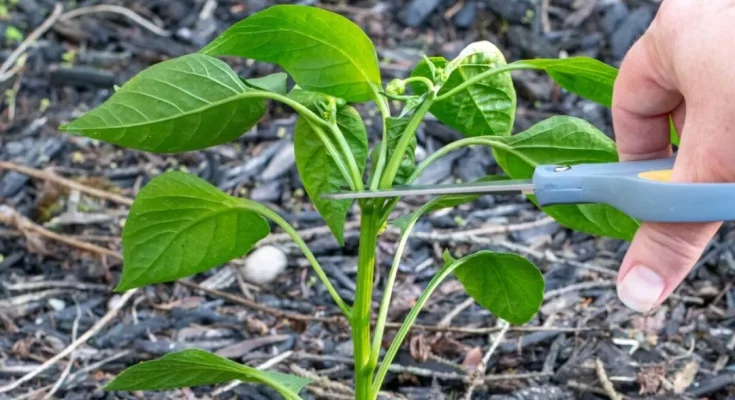
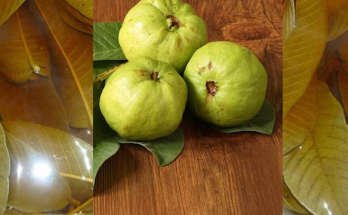
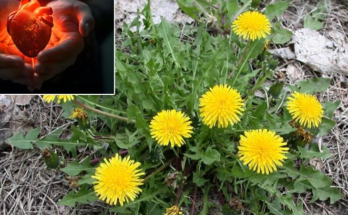
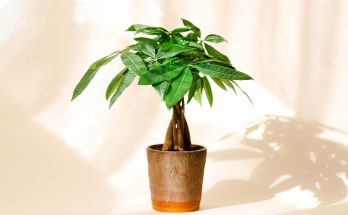
I don’t think the title of your article matches the content lol. Just kidding, mainly because I had some doubts after reading the article.